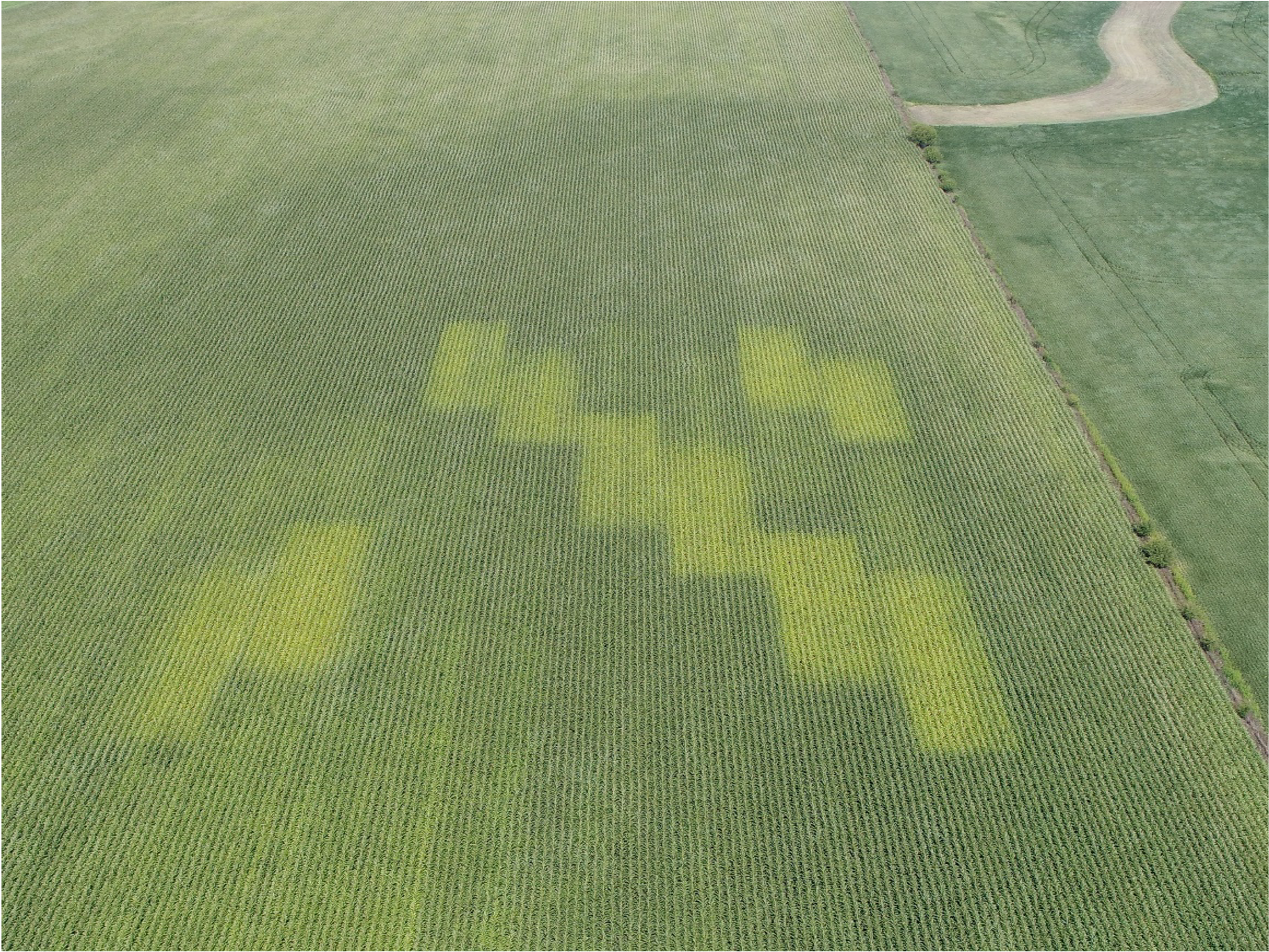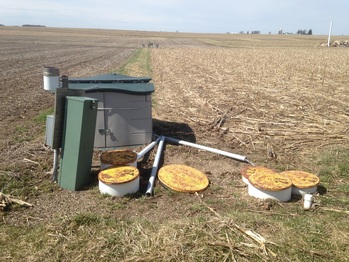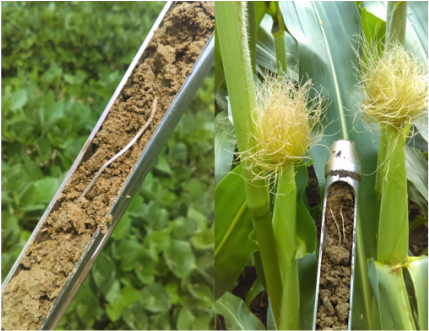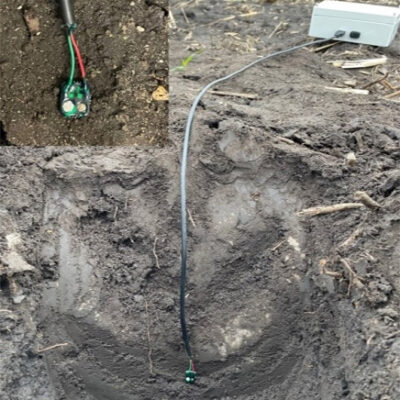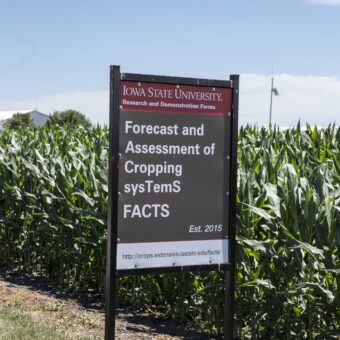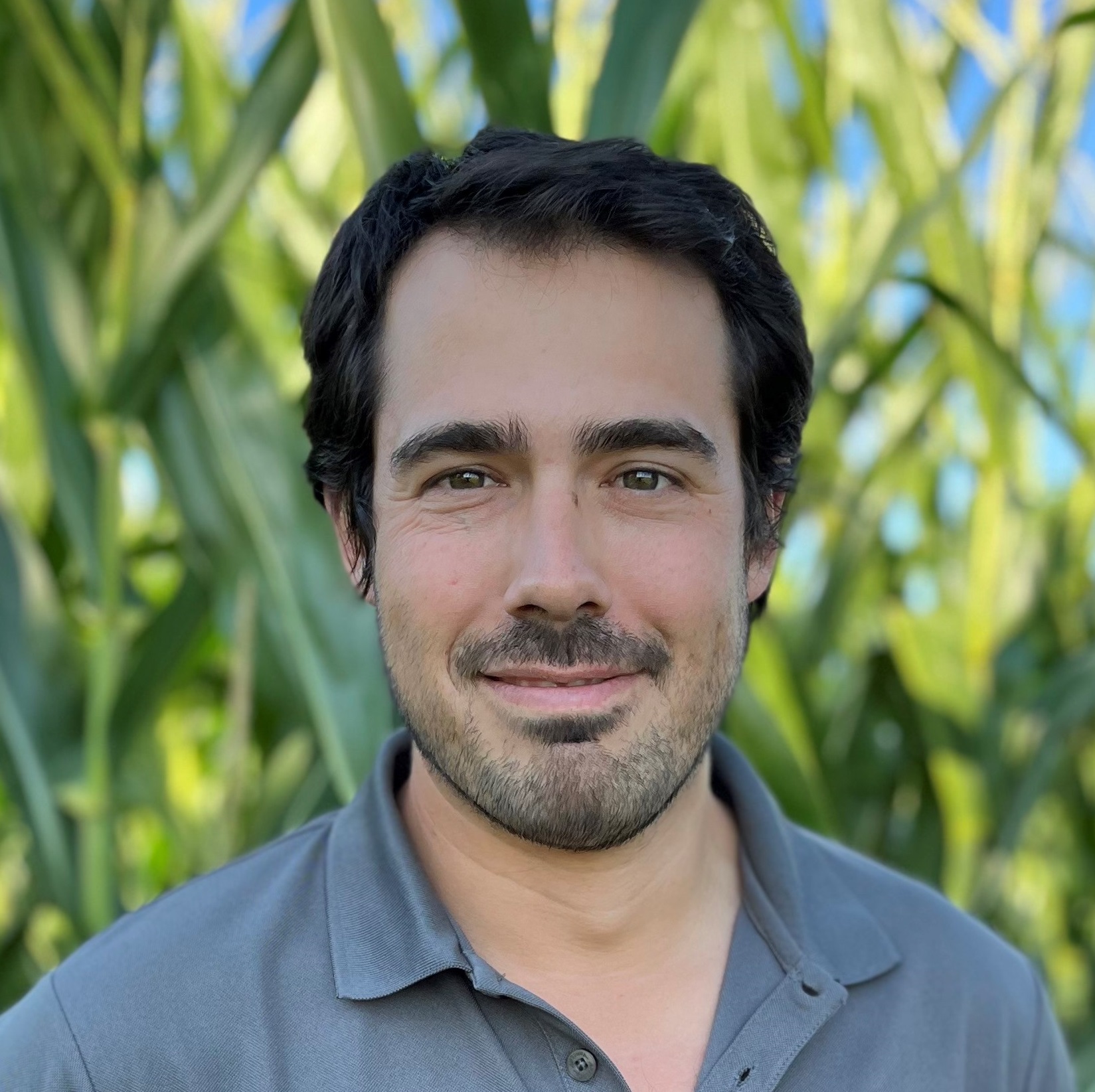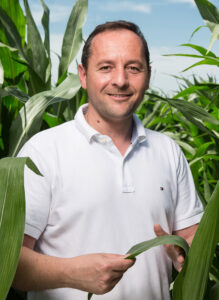
Professor
Pioneer Hi-Bred Agronomy Professor
Dr.
Sotirios
Archontoulis
Office:
1216 Agron
1216 Agron
Phone:
(515) 294 7413
(515) 294 7413
Email:
sarchont@iastate.edu
sarchont@iastate.edu

Professor
Pioneer Hi-Bred Agronomy Professor
Dr.
Sotirios
Archontoulis
Office:
1216 Agron
1216 Agron
Phone:
(515) 294 7413
(515) 294 7413
Email:
sarchont@iastate.edu
sarchont@iastate.edu
About
Sotirios Archontoulis is a professor of integrated cropping systems at the Department of Agronomy. His research aims to predict impacts (e.g. climate change), explain causes (e.g. high/low yields) and design future strategies to improve crop productivity and environmental sustainability across spatial and temporal scales. His approach combines field experimentation and use of agricultural systems process-based models to explain Genotype x Environment x Management interactions and enable prediction and design at scale.
Interdepartmental Programs:
Sustainable Agriculture
People
Interim Department Chair
Morrill Professor
Associate Chair of Academics
MS Agronomy Program Director
